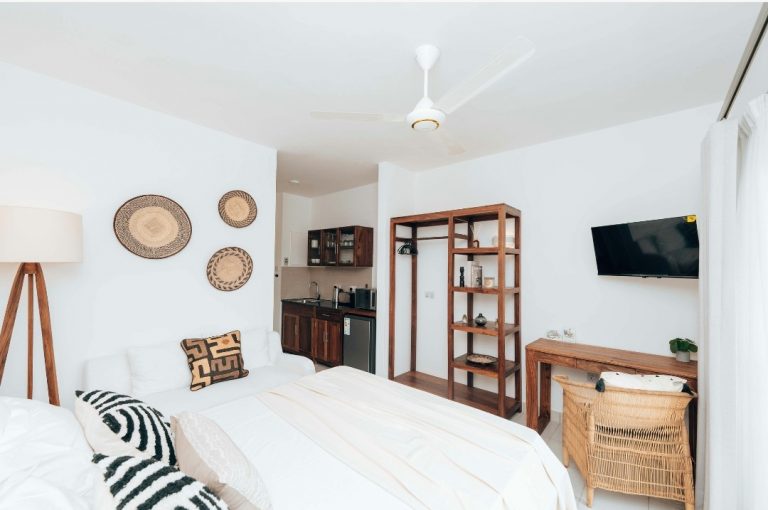An in-law suite can be a practical way to make space for family, but it’s not as simple as finishing a basement or adding a room. Before starting, it’s worth knowing what rules and costs come with it.
Local governments set their own zoning and permit requirements. Some areas allow secondary or accessory suites only on certain lot sizes or under specific conditions. Always confirm what’s allowed before spending money on design or materials. A quick call to the planning department can save a lot of reworks later.
Safety standards matter just as much. Even when a suite isn’t rented, it must meet basic building and fire codes. That includes things like proper ceiling height, a safe exit to the outside, working smoke and carbon monoxide alarms, and fire separation between spaces. Electrical and plumbing work should always be done by licensed tradespeople. It’s about more than compliance—it protects the people living there.
Insurance is another step that’s often overlooked. Adding a second living area changes how a home is classified and insured. If a family member contributes rent or helps with utilities, that can affect coverage. Always let the insurer know about the change so there are no issues with claims later.
Then there’s privacy and layout. Think about how separate the new space should be. Some families like a shared entrance and laundry; others prefer full independence with a private entry and kitchen. Planning for soundproofing and accessibility early can make daily life smoother.
From a resale angle, an in-law suite can help attract buyers, but only if it’s built safely and legally. A space that doesn’t meet code might raise concerns during an inspection. Building to full legal standards from the start keeps future options open, whether the suite remains for family or becomes a rental down the road.
In short, an in-law suite can be a good investment in comfort and flexibility, but it needs proper planning. Treat it like building a small home within your own—safe, compliant, and designed for long-term use.


